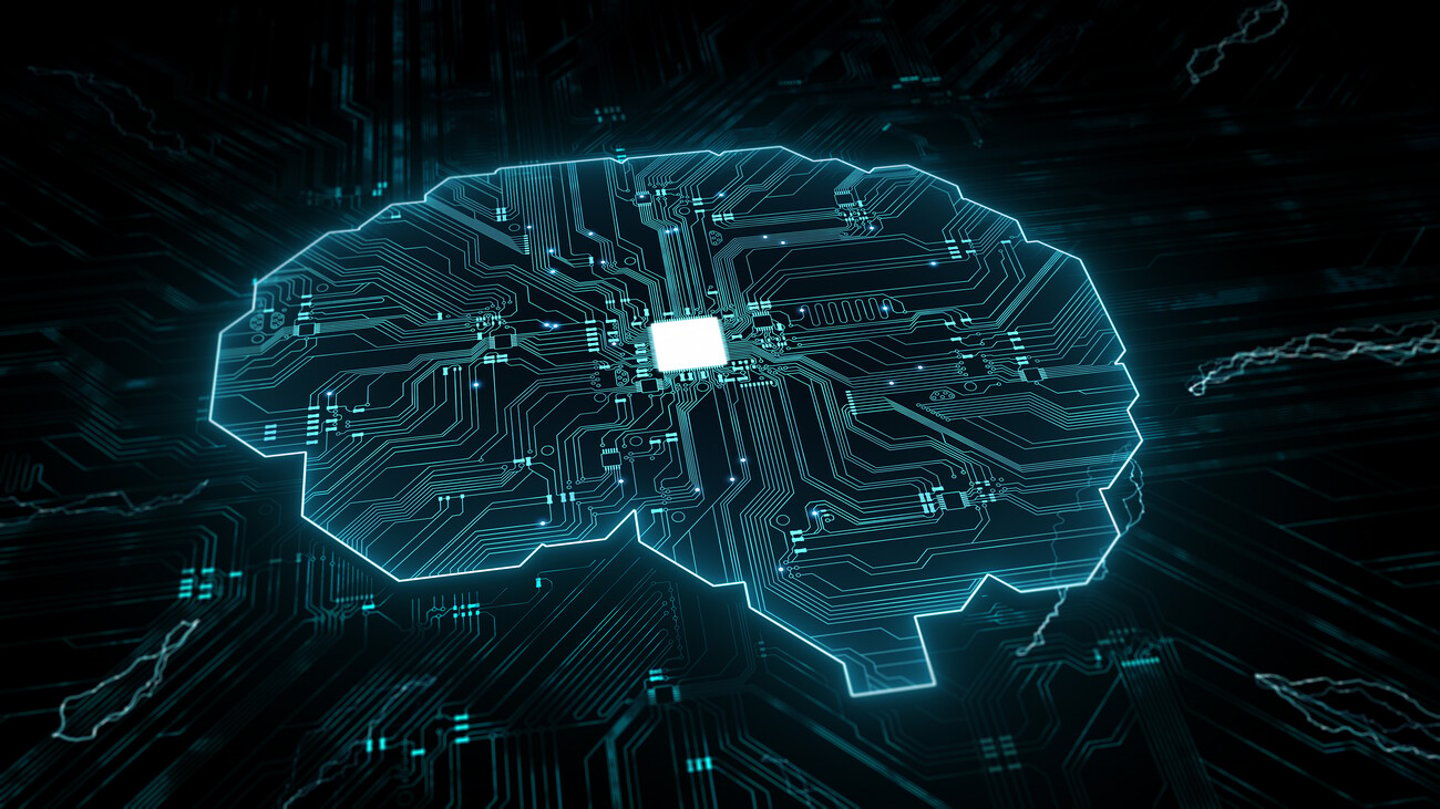The Future of Restaurant AI: How Tech, Automation Can Boost Restaurant Productivity, Customer Satisfaction
While the concept of AI has been around for decades, the technology is becoming more and more ubiquitous in our daily lives with tools like ChatGPT and OpenAI. The restaurant industry in particular is undergoing a digital revolution, with AI at the forefront. According to Polaris Market Research, the global service robotics market, only one facet of AI in restaurant tech, was valued at $32.11 billion in 2022 and is expected to grow to $225.56 billion by 2032. From deep neural network-powered drive-thrus to burger-flipping robots, AI offers the potential to automate tasks such as order-taking and inventory management, significantly reducing labor costs and increasing operational efficiency.
The Vision for AI in the Restaurant Industry
AI is poised to redefine the landscape of the restaurant industry on many fronts. On the operational side, AI can facilitate a new level of efficiency and cost-effectiveness for restaurant owners, whether that be through automating order-taking at drive-thrus and via mobile apps or by managing inventory.
Beyond operations, AI can enhance the customer experience by offering personalized recommendations based on their ordering history and preferences. Leveraging these AI capabilities can help restaurants cultivate customer satisfaction and loyalty, and ultimately, increase sales.
The Impact of AI on the Diner Experience
As mentioned above, AI offers multiple benefits to diners, notably in personalization and service speed. But how does it achieve this? The secret lies in data. By analyzing customer data, AI can provide personalized recommendations, enhancing the dining experience and increasing customer satisfaction. Moreover, armed with historical data and an in-depth understanding of a restaurant’s layout, AI can streamline the ordering process and reduce wait times, offering faster, more efficient service.
The integration of voice assistants and augmented reality are a few specific examples of how AI can take the dining experience to a whole new level. Voice assistants can answer menu queries, make reservations or inform about specials without human intervention. Augmented reality, on the other hand, can offer interactive experiences, like scanning a menu item to see a 3D image of the dish before ordering, making dining more engaging.
The Impact of AI on Employees and Staff
In a recent survey, 62% of restaurant operators said they don’t have enough employees to meet customer demand. Amid this ongoing labor shortage, AI can contribute significantly to employee retention and creating a more skilled workforce. By automating repetitive tasks, AI can reduce the employee workload, allowing them to focus on tasks that require more attention and skill. AI can also optimize employee scheduling based on customer demand and employee availability, reducing burnout and turnover.
Of course, as AI and automation become more prevalent, ensuring that staff members possess the necessary skills to operate these systems is crucial. Not only does proper training help reduce resistance to change, but it also improves staff morale.
Preparing Restaurants for an AI-Driven Future
For restaurant owners looking to start adopting AI technology, it is important to remember that the process is a strategic journey that begins with assessing the business’ current technological infrastructure. It's critical to identify any existing gaps and areas that can be improved. Before adopting any automation tools, restaurants should consider investing in flexible technologies and an integration-friendly POS system to streamline various tasks like order-taking, food preparation and inventory management.
When it comes to choosing the right AI solution, there are numerous options available, ranging from chatbots and recommendation engines to inventory management systems and more. It's important to select the technology that best aligns with specific goals, considering factors like ease of use, compatibility with existing systems, data security and cost.
The implementation of AI should ideally be in small, manageable stages. This allows restaurants to test and evaluate the technology before fully integrating it into their operations. Continuous staff training, performance tracking and staying up-to-date with the latest industry trends are key to maximizing the benefits of AI.
Overall, the integration of AI in the restaurant industry is not only inevitable, but is already underway. Those operators who embrace it will be at the forefront of this digital transformation. Through strategic implementation and use, restaurants can unlock unparalleled efficiencies, enrich the customer experience and stay ahead of the competitive curve.
About the Author
Mo Chaar joined Givex in 2007. He began as a Business Development Manager before taking up the role of Vice President of Sales for North America. His time and experience landed him in his current role as Chief Commercial Officer. Chaar is responsible for overseeing commercial strategy and development across the globe and works alongside Givex’s North American-based sales teams.

